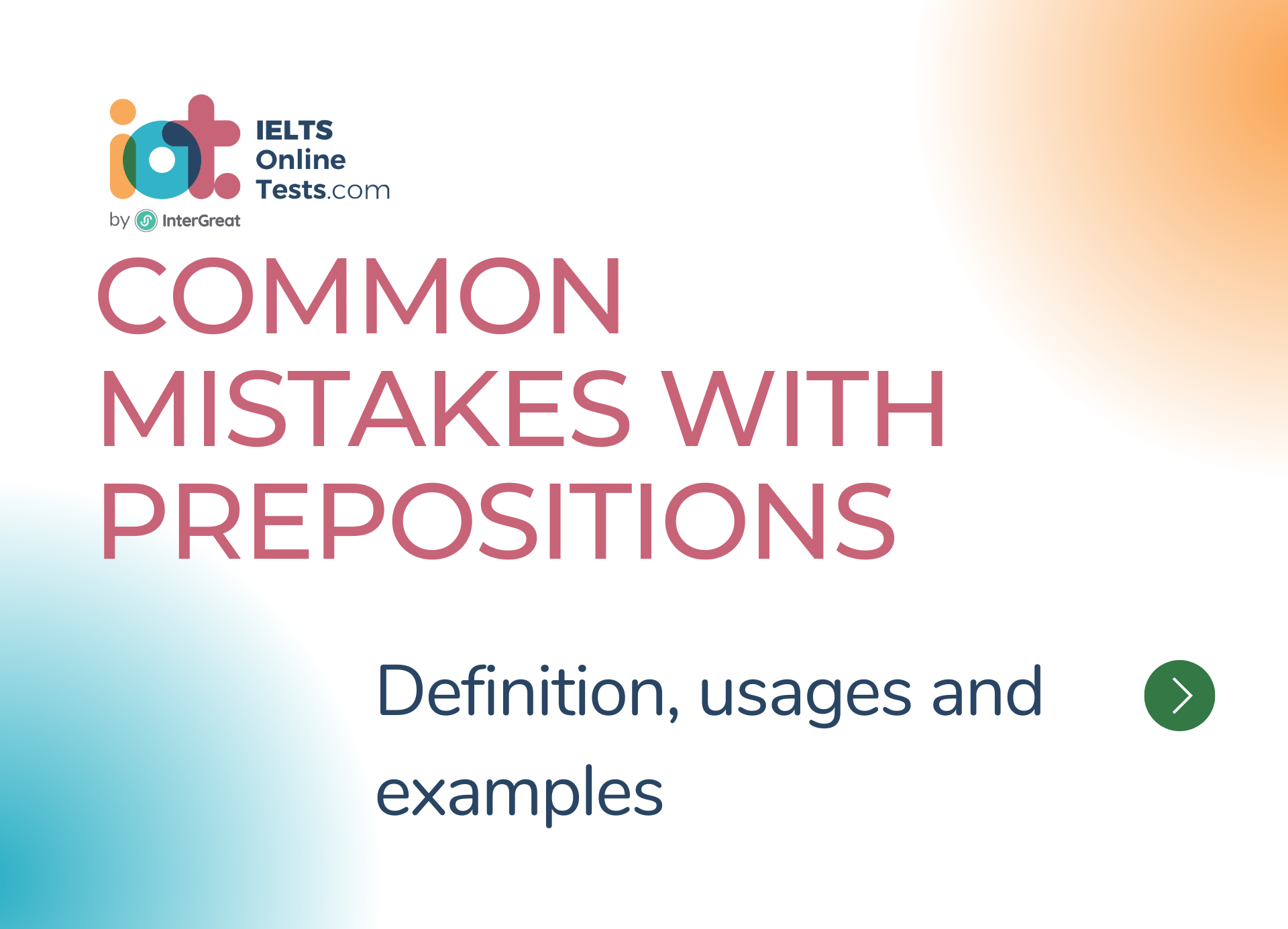
Common mistakes with prepositions
Here are some common mistakes people make with prepositions and how to avoid them:
Misusing prepositions: One common mistake is using the wrong preposition or using prepositions interchangeably.
For example, using "on" instead of "at" or "in" for specific time references. To avoid this, it's essential to study and understand the correct usage of prepositions in different contexts.
Omitting necessary prepositions: Sometimes, people omit necessary prepositions when they are required in a sentence.
For example, saying "I go school" instead of "I go to school." To avoid this, pay attention to the prepositions that are necessary to convey the intended meaning.
Using prepositions incorrectly with verbs or adjectives: Some verbs and adjectives require specific prepositions to convey their intended meaning. Using the wrong preposition can change the meaning or render the sentence grammatically incorrect.
For example, saying "rely on" instead of "rely with." It's important to learn the correct preposition usage with verbs and adjectives.
Preposition placement with phrasal verbs: In phrasal verbs, the preposition should be placed after the verb and not separated.
For example, saying "put it back" instead of "put back it." Pay attention to the correct placement of prepositions in phrasal verbs.
Translating prepositions directly from other languages: Prepositions in one language may not have a direct equivalent in another language. It's crucial to learn the appropriate prepositions for each language separately and not rely on literal translations.
Overusing or underusing prepositions: Using excessive prepositions or using them inappropriately can make the sentence unclear or awkward. On the other hand, omitting prepositions when they are necessary can also affect the sentence's meaning. Practice and familiarity with the correct usage will help you strike the right balance.
Here are some more examples of prepositions that can be troublesome for English learners:
"At" vs. "in" vs. "on":
- "I'm at the store." (specific location)
- "I'm in the store." (inside the store)
- "I'm on the store." (incorrect usage)
"Of" vs. "for" vs. "from":
- "I bought a gift for my friend." (expressing purpose)
- "I received a gift from my friend." (expressing source)
- "I received a gift of my friend." (incorrect usage)
"On" vs. "upon":
- "He sat on the chair." (position)
- "He sat upon the chair." (archaic or poetic usage)
- "He sat in the chair." (inside the chair)
"Between" vs. "among":
- "He divided the cake between his two friends." (between two people)
- "He divided the cake among his friends." (among a group of people)
- "He divided the cake between his friends." (incorrect usage)
"In" vs. "into":
- "She was waiting in the room." (inside the room)
- "She walked into the room." (movement from outside to inside)
- "She walked in the room." (incorrect usage)
"With" vs. "by":
- "She went to the party with her friends." (accompaniment)
- "The book was written by an acclaimed author." (agent or doer)
- "The book was written with an acclaimed author." (incorrect usage)
To avoid these common mistakes, it's helpful to study prepositions in context, practice their usage, and consult reliable grammar resources. Reading and listening to authentic English materials will also improve your understanding of prepositions and how they are used naturally in various contexts.




